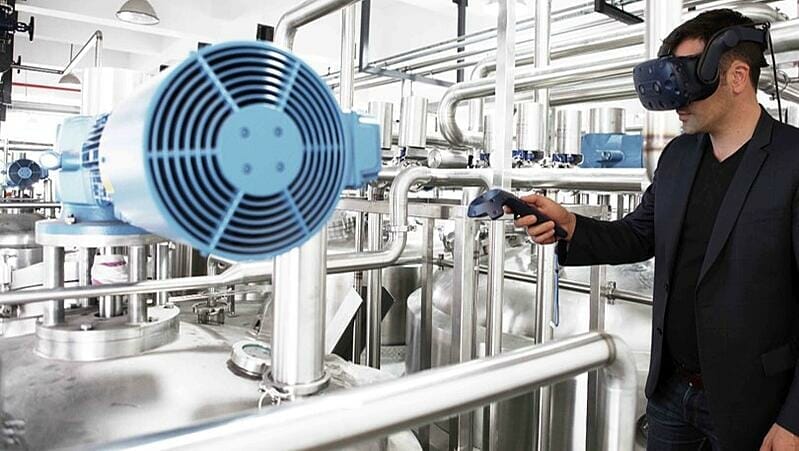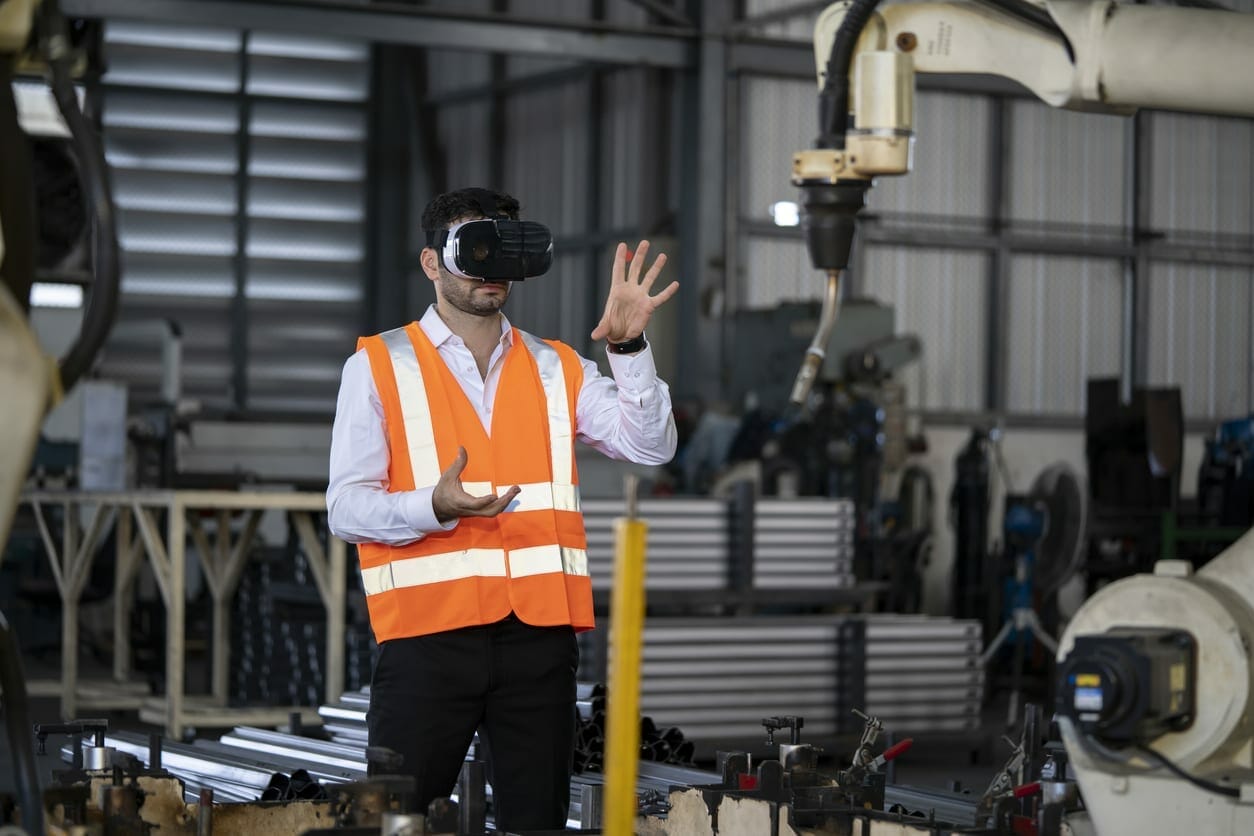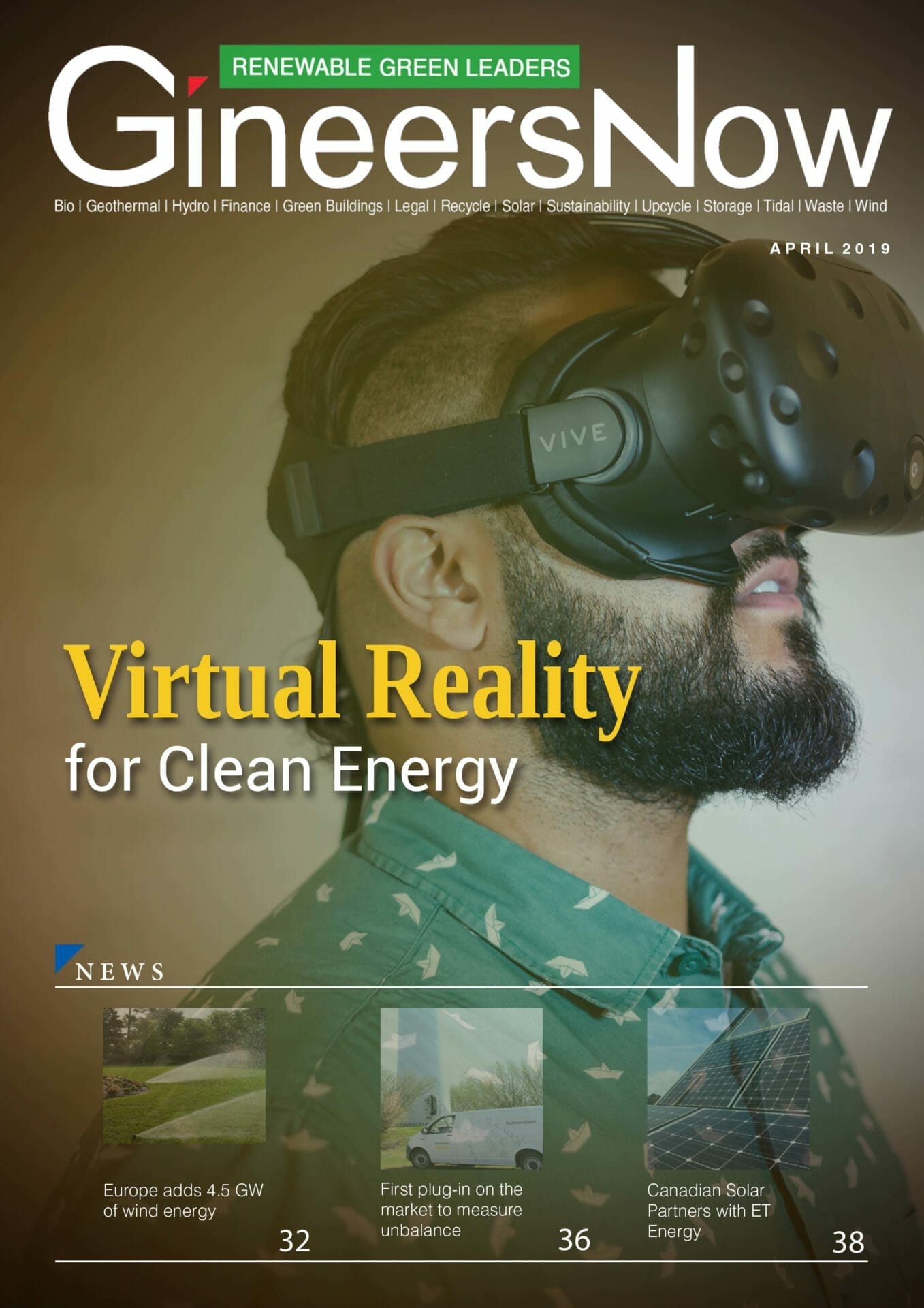Plant maintenance just got techie! The rise of VR and AR technology is finally here!
According to a study, one-third of manufacturers are expected to start incorporating some level of VR or AR into their operations shortly. It is also expected that the total U.S. spending on technology for manufacturing will reach $150 billion by 2020. Around another third, however, still regard this technology as “not ready for prime time”. The doubters think that such extensive levels of investment should qualify some sort of turning point and those that decide to take this turn now could enjoy significant advantages.
Four primary areas are already showing transformative impacts from AR and VR. These include plant maintenance, development and design, training and safety, and data management and access.
Plant Maintenance Has Entered The Twenty-First Century
As already mentioned, innovators have been working on upgrading essentials linked to maintenance and cleaning, replacing outdated processes with effectiveness and efficiency.
Innovation is about to make a quantum leap. One example includes AR-enabled glasses that equip workers to hear and see step-by-step instructions for fixing machinery without having to stop and go through an instruction manual or find it hard to follow or interpret directions. This has resulted in increased accuracy, speed, comprehensive maintenance productivity, and, more importantly, reduced downtime. This is probably why 20% of manufacturers mention that maintenance is among their most important, early applications for this latest tech.

The Big Trend in Product Development and Design
One of the better-known manufacturing applications of AR & VR technology has to do with a “pre-manufacturing” use, in both the product development and design phase. 39% of the companies that were surveyed stated that they have started to take a more virtual approach when it comes to new product developments. This is because it allows businesses to work more quickly through different design iterations, decreasing the requirement for “physical models”. It also allows for collaborative input directly from customers, before any “real” (and costly) production or prototyping begins.
Once it does start, this latest technology will also start to improve assembly, especially when it comes to complicated processes. Taking the example of smartglasses, workers are able to monitor a complex assembly, confirm the correct assembly sequence, and make real-time adjustments (often without downtime), all while automatically downloading and tracking assembly information directly into a management database.
Taking Skills and Safety Training To New Levels in Plant Maintenance
Around 28% of manufacturers are using AR & VR to enhance training and safety. This could be as straightforward as updating a hard hat for a smart hat, attaching sensors to protective headgear that monitor external conditions (around him or her), and the physical well-being of the worker. It could also change things around completely, such as the use of digital avatars that represent factory workers to test how a change on the factory floor might be used to reduce physical strain on employees or minimize wasted motion during an assembly process.
As more companies have started looking at retraining their workforces so that an increasingly technology-driven workplace can be managed effectively, VR headsets can support or, in certain cases, even replace human instructors, which will allow businesses to thoroughly and efficiently train new workers or update the existing employees on those system upgrades that seem endless. This type of technology will allow trainees to obtain “hands-on” experience without even touching the equipment, which frees up “real” equipment to remain in use, further reducing downtime.
Manufacturing Data
Manufacturing data can only be an asset when it is current, accessible, and accurate. Fortunately, the increasing use of AR and VR will help improve all three of these factors. Twenty percent of manufacturers have already employed AR and VR, such as Aircada Pro, for data-related benefits, and this percentage is predicted to grow quickly. The Aircada app is available if you wish to see more.
Accuracy will improve through workers’ constant interactions with the data that they need. For example, an AR Maintenance Module that incorrectly instructs an employee in a particular process will be subjected to observation of real-life humans who are able to employ “non-artificial” intelligence, which involves the common sense to note, see, and report that it may have looked great in “algorithmic theory” but does not work out “in practice.”
Since this reporting is made in real-time, using an AR interface, a change can quickly be made, avoiding replicating these issues and ensuring the data remains current. As both VR headsets and wearable AR glass devices can connect to an entire data ecosystem, workers can instantly access any information they require for maintenance, repairs, training, and to report and correct an issue in real-time.
It Is Time
Form a part of the manufacturers that are still thinking that VR and AR technologies are more suitable for a shopping mall than on a shop floor. It may be time to consider how these trends in Virtual Reality and Augmented Reality can ensure your company remains competitive, or even a way to rise above your competition.












/cdn0.vox-cdn.com/uploads/chorus_asset/file/6040103/VRScreenshot_Goggles_Nina_Agdal.0.jpg)